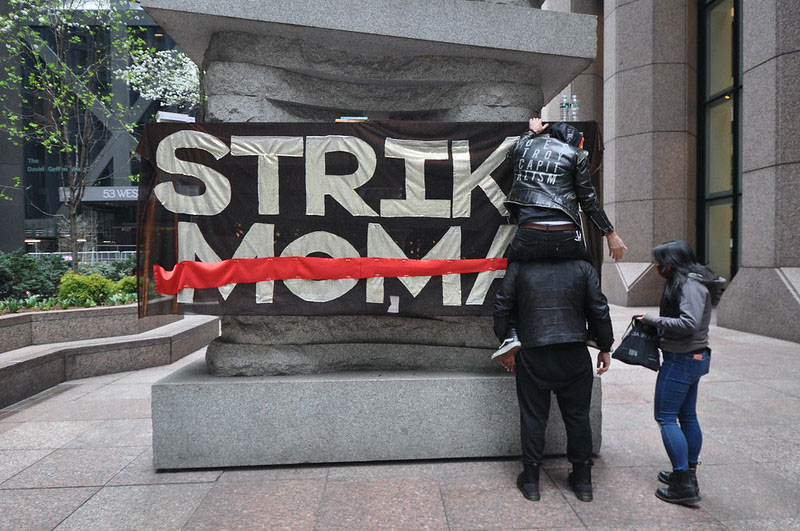
January 31, 2018; NonProfit Times
“Half of US nonprofits at risk financially,” reads the introduction to a new, quite useful report. But one media headline reads “Half of US Nonprofits are on Financial Brink,” while another frets, “Most Charities Teetering on the Brink of Financial Peril.” The unfortunate practice of writing sensationalist headlines is once again visiting our sector, as this new report looks at the financial risk factors for nonprofits. The thing is, the sky is not falling—but the report is useful in suggesting where we might want to shore up our financial houses and in pointing out where to take action.
This report is produced by Oliver Wyman, GuideStar, and SeaChange Capital Partners, which has done some excellent work in the past identifying nonprofit financial risk factors. NPQ has used and published its work on numerous occasions.
This report states that of nonprofit organizations:
- 7-8% are technically insolvent, with liabilities exceeding assets.
- 30% face potential liquidity issues, with minimal cash reserves and/or short-term assets less than short-term liabilities.
- 30% have lost money over the last three years.
- Approximately 50% have less than one month of operating reserves.
This sounds fairly accurate to us, but are these alarming facts, or a tough status quo that dedicated boards and leaders have addressed over many decades in pursuit of our missions? For that matter, is the business sector all that different? Bureau of Labor Statistics numbers show us that with for-profit enterprises, businesses “fail” at an alarming rate. “Statistically speaking, there is over a 50 percent chance that any new business is toast in five years. And the record for tech startups? It’s even worse, with 90 percent of all startups eventually failing.” In other words, the stats here do not seem to indicate catastrophe, but only that the road is difficult sometimes and that we should check the state of our vehicles regularly to ensure we can meet our commitments.
But, back to this report focusing on nonprofits. Oliver Wyman’s own numbers demonstrate that the majority of nonprofit organizations overwhelmingly operate in the black and are, indeed, thriving. The bullet points above could also be stated like this:
Sign up for our free newsletters
Subscribe to NPQ's newsletters to have our top stories delivered directly to your inbox.
By signing up, you agree to our privacy policy and terms of use, and to receive messages from NPQ and our partners.
- 92–93% of organizations have assets exceeding liabilities.
- 70% face no liquidity issues.
- 70% have not lost any money over the last three years.
- Around 50% have operating reserves in excess of one month’s activity.
One very odd recommendation in the report is its call to put government-funded services back into government and not the private nonprofit sector, a peculiar recommendation for a pro-business consulting firm:
Some nonprofits are effectively appendages of the government: close to 100-percent government funded and providing statutorily mandated services. Today, government-funded nonprofit services are delivered by a large, distributed network of nonprofits, many of which are financially vulnerable.
While this premise is actually questionable, two recommendations later finds the report advocating that those same services be transferred to for-profit entities: “If even the best governed, most efficient nonprofits cannot provide certain services on a sustainable basis given the nature of government contracts and the realities of nonprofit financing, then the government must, as a policy matter, consider using for-profit providers.” There is so much wrong with that recommendation, we don’t know where to start.
All that said, it should be noted that we do believe that there is great information in this report, just as with a prior one that looked at risk factors in Philadelphia’s nonprofits. We’re so convinced, in fact, that we are presenting a webinar on the report tomorrow afternoon. Please join us for that session, which promises to be very useful to boards and staffs in identifying what they need to do to reduce your nonprofit’s financial vulnerability. Some space remains, but you should sign up to assure yourself of a seat!—Jeannie Fox
Correction: This article has been altered from its original form to include GuideStar as one of the report’s creators.












